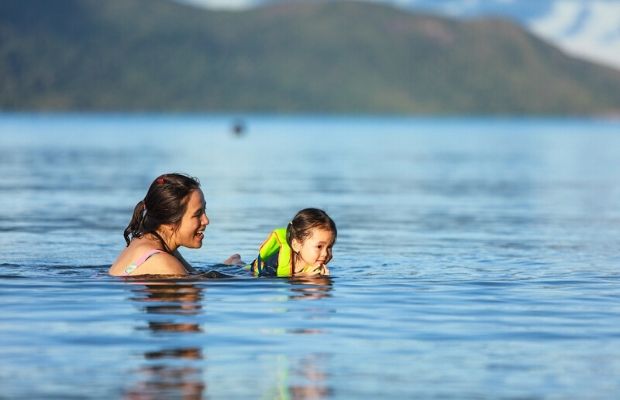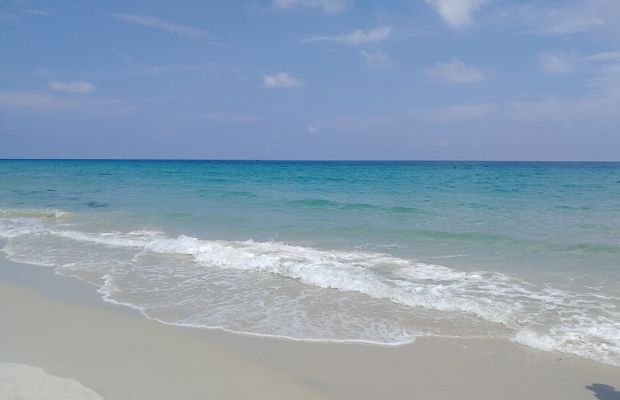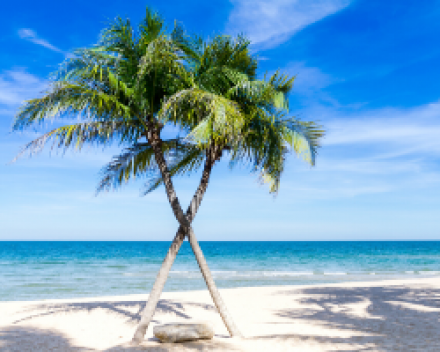Family Holiday to Con Dao island in 5 days
2Vietnamese travel blogger Quy Coc Tu (Ngo Tran Hai An) and his family took a trip to Con Dao island in June 2020. He shared that this is a trip that he has cherished since 2017. In addition to wanting to explore with his wife and 3-year-old daughter about the historical land, his goal is to conquer 3 points of navigational position (A3 to A5), release the baby turtles to the sea, dive to the coral reeves. Below he shared his daily itinerary.
Photo credit: Blogger Quy Coc Tu (Ngo Tran Hai An) and VnExpress.vn
Day 1: Shark Point, Nhat beach, Love peak, Nui Mot pagoda, and An Hai lake
The first day to Con Dao, after checking in the hotel, Hai An rented a motorbike, with his wife and daughter driving towards the Tau Be Cape, on the road connecting Co Ong airport and Con Son town. Many tall vertical rocks are hugging the entire sea in an arc shape. Wandering on winding roads, he enjoyed the incredible scenery, one side of the blue sea stretching to the horizon, the other is the hills covered by primary forests.
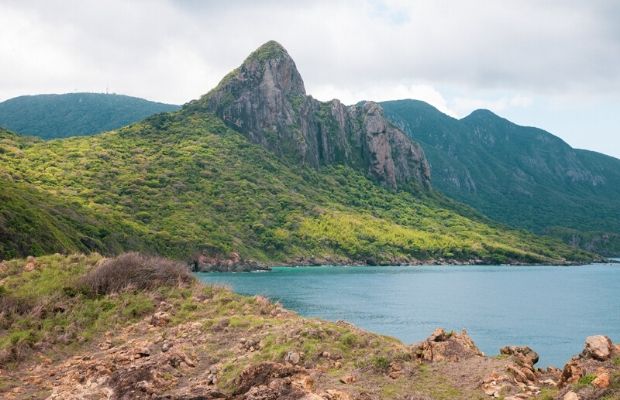
Returning to the center of town, he continued to drive the northwest route. He passed through Shark Point, a beautiful white sandy beach nestled under a cliff, which looked wild. Shark Point is the most beautiful sunrise destination in Con Dao, a famous place for camping and picnicking.
On the journey, the family of 3 stopped at Nhat beach to take photos. It was a beach that only appears a few hours a day when the tide recedes. Not often visited by tourists, this untouched beach stayed so pristine with white sand mixed with mossy rocks.
From here, looking to the right is Love Peak, the symbol mountain of Con Dao. The hill's name comes from the strange shape, seen from afar like a couple of lovers hugging each other. Many people think that if a couple watches the sunset at the top of the hill, they will be happy forever.
Return to town; his family visited Nui Mot Pagoda, also known as Van Son Tu. It is the most beautiful temple in Con Dao, located on a high mountain with a view of 4 sides: green forest, Con Son bay, Con Son town, and An Hai Lake. Nui Mot pagoda is surrounded by lush greenery, and one can see the pagoda from afar with its giant statue of Quan Am Bodhisattva on the lotus.
The last attraction on the first day is An Hai Lake, the second-largest freshwater lake on the island with beautiful blooming pink lotus. An Hai lake is the favorite photography location of travelers.
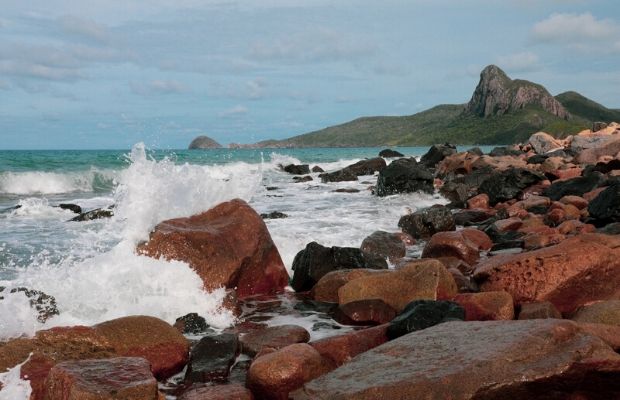
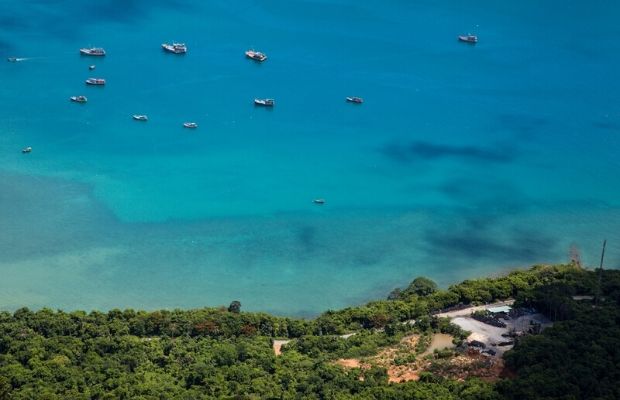
Day 2: Release the turtle to the sea, conquer 3 points of the island's navigational position, and explore the coral reeves
Releasing baby turtles to the sea was an experience that his family particularly loved during the trip. Each year during the spawning season from April to October, turtles often return to lay eggs on Bay Canh, Cau, Tre, Tai Lon islands. Tourists can witness these beautiful marine turtles only at Bay Canh island, also known as the marine turtle sanctuary.
Each night, the turtles choose a place with fine sand and dig a hole about 50 - 60 cm deep to lay eggs. Each nest has about 80-200 eggs. After the mother turtles laying eggs, they cover the hole full of eggs by sand and return to the sea. The conservation rangers will come to collect eggs, transfer them to the hamlet to protect them for 45 - 60 days until the eggs hatch, then release the baby turtles to the sea.
The time for releasing turtles is usually early when it is often with high tide and almost no sunlight. Visitors do not hold their hands on turtles so they can determine the direction to the sea.
Hai An shared, after the experience, his family learned a lot about the marine turtles. The turtles were born here would return to this island after 20-30 years to breed. In nature, only one out of every 1,000 turtles will survive due to natural enemies and human impacts. Therefore, this is a very critical activity in Con Dao island to protect them.
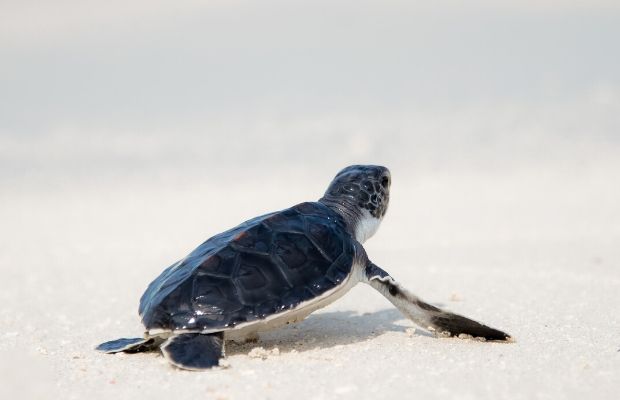
The next morning's schedule was conquering 3 points that identify territorial waters in Con Dao, which are also Vietnam's baseline on the sea. Hai spent this day on his own due to the travel difficulties that required going on and off the islands by boat and tough trekking on the islands.
These 3 points are A5 on Bay Canh island, A4 on Bong Lan island, and A3 on Tai Lon island. On this sea trip, he also visited two other landmarks on Cau and Ba islands. All the points are located at the farthest end, east of the islands. Therefore, the surrounding landscape is wild; each island has its distinctive features such as deep jungle or beautiful beaches.
The journey went through many difficulties due to the long distance on the sea. Also, there was no place to dock the boat, so Hai An often had to jump into the sea and swim to the islands. It was a different and exciting experience but only for adventurers. The difficulty level is 8 out of 10.
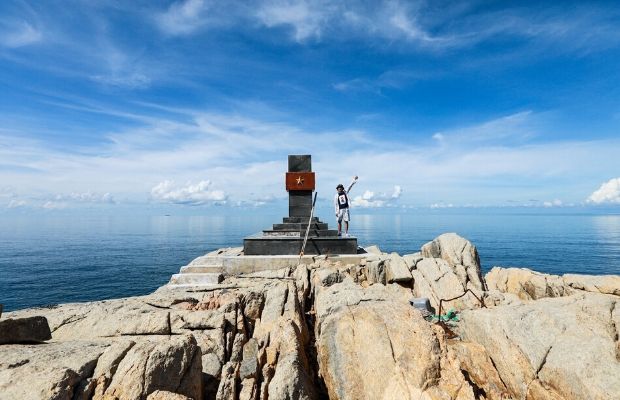

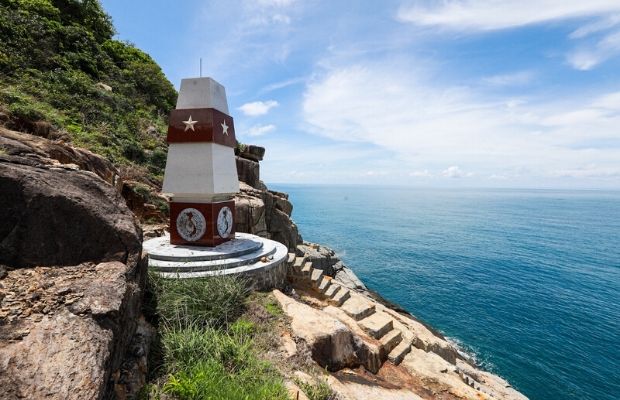
During the journey, the boatman recommended Hai An to explore the coral reeves near Cau island. Local fishers discovered this place, and the public has not yet known it. Diving 4 meters underwater, he was amazed at the "pillar of the sky," a column of white corals about 8 meters high, 6 meters wide. Each year, corals grow only about 1-2 cm, so it takes hundreds of years to form such a large mass. "A whole block of pure white coral looks like a giant pillar. The sunlight shines through the water brightly, making the coral block appears like a crown of the deep blue sea," he said.
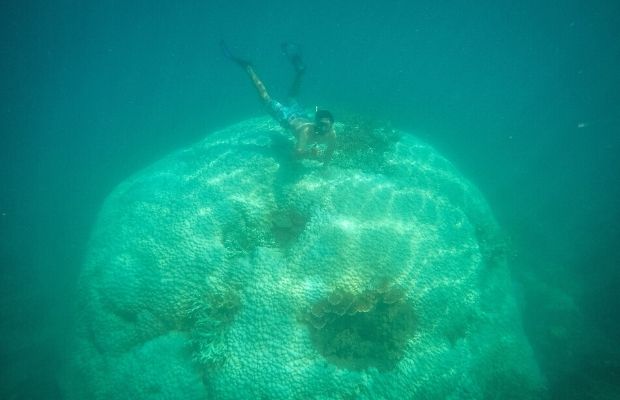
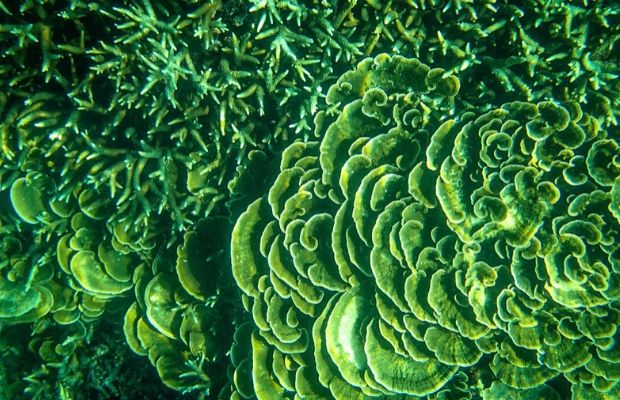
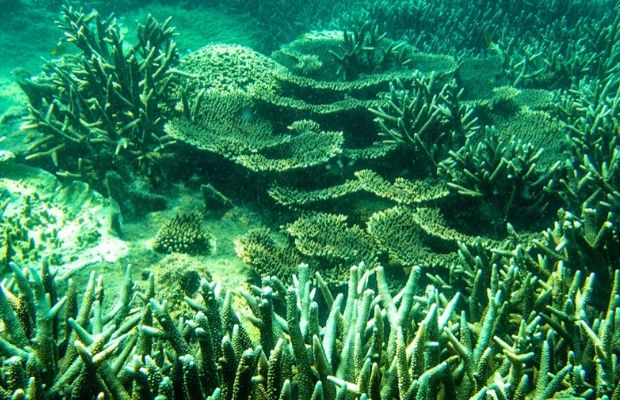
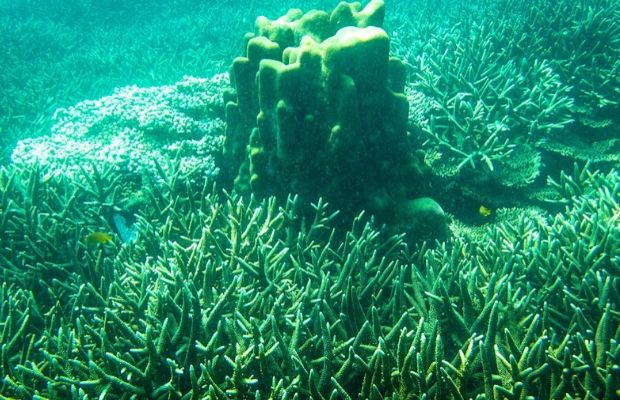
Day 3: The ancient tree lines, Hang Keo cemetery and K8 beach
On day 3, the weather gradually turned bad; it was raining, so activities on the sea were impossible. Hai An's family came to visit the famous ancient tree lines; those are the living witnesses of the island. There's no equivalent name in English, but their Latin/scientific name is Terminalia catappa. In Con Dao, 79 trees age over 100 years, recognized as Vietnamese heritage trees. The ancient trees lines are on Ton Duc Thang and Le Duan streets.

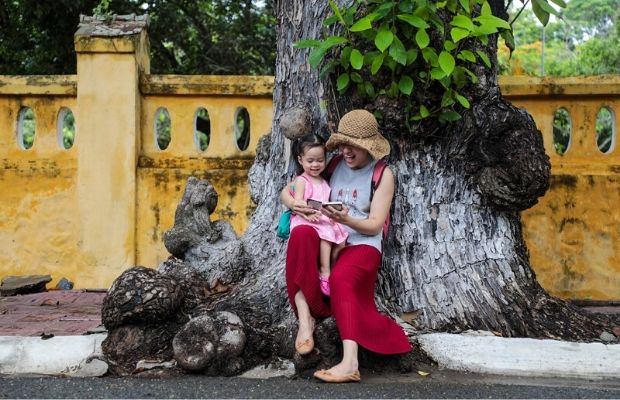
After that, the family came to take pictures at the pier and visited the Hang Keo cemetery. It is one of the two most famous cemeteries in Con Dao, built by the French colonialists and the resting place of thousands of political prisoners. Previously, the relic had planted many Acacia trees, so it has a name like today (Hang Keo means Acacia trees). Now around the cemetery, there is no more acacia but rows of poplar trees, and the graves were relocated to Hang Duong cemetery.
The afternoon destination of the family is K8 beach near An Hai. It is the most popular beach on the island because of its location near the town. The water is clear; the waves are smooth; the sand is so soft, it's very suitable for children to swim and explore.
Day 4 & 5: Discover the Northwest route, the airport has a flight route to the sea and camping at Dam Trau beach
The northwestern loop is currently under construction, not yet opened for visitors, so a permit for sightseeing is required. This road led to Con Dao National Park, with ancient trees cover both sides. The family came across many monkeys and iguanas and stoped at Shark Point, Nhát beach, Love Peak.
The next schedule of the day was to watch the planes taking off and landing at Co Ong airport. It was fascinating for his kid. Cat Ong airport is located about 100 m from the beach, so people standing below can see the plane very close to the head. Dam Trau Beach and Rong Beach are the two most beautiful places to view airplanes. Notably, in Rong Beach, when the tide recedes, sand dunes emerge in the middle of the sea, making it an excellent beach for walking.
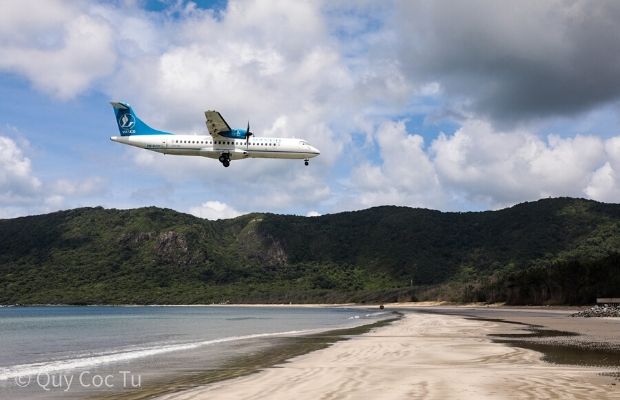
The family camped on Dam Trau beach on the last day, enjoying the immense space of the blue sea and yellow sand. In the afternoon, many monkeys from the nearby forest came out to play.
Hai An's tips for exploring Con Dao island
- Hai An suggests a holiday to Con Dao should be at least 4 to 5 days. Give yourself one or two additional days because the sea activities can be limited due to rain and thunderstorms that can happen during summer.
- On some beaches, you need to be aware of sandflies, so insect repellent must be available in your handbag. Of course, on a tropical island, you will need sun gears and sun cream to protect you from the sun.
- In Con Dao, there are various hotel options. The top-end Six Sense resort is a superb luxury accommodation with beautiful pool villas on a private beach. Poulo Condo Beach resort is another luxury resort on a secluded beach setting in a dense tropical garden. Renovated colonial buildings resorts in town such as Saigon Con Dao resort are a good option too. Budget accommodations are also available at an affordable price, currently from VND 400,000 - 800,000 per night. Hai An and his family stayed at Nicobar hotel, in zone 6, near Dat Doc beach and Con Dao prison, which he liked very much.
- You have to come to Con Dao for seafood. The seafood here is fresh catches from the sea and can be served in any local restaurant at a good price. A good meal costs roughly 100,000 - 200,000 VND per person ($4 to $8 USD). Some recommended local restaurants are Thu Ba restaurant on Vo Thi Sau street; snail shop #16 on Tran Huy Lieu street; Kim floating restaurant in Ben Dam bay. Also, there are many restaurants in the Dam Trau docking area.
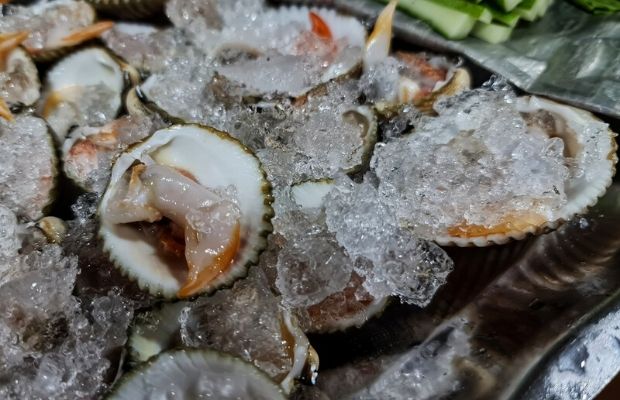
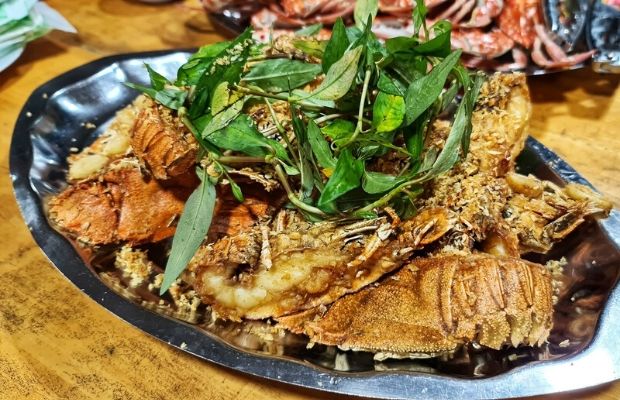
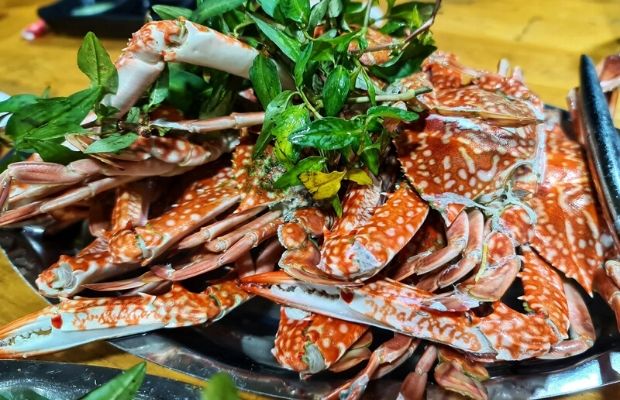
- There are direct flights from Saigon or Can Tho to Con Dao. Rates start at VND 1,700,000 (US$ 75) one way. From Hanoi, flights are available with transit in Ho Chi Minh City. Ticket price starts at VND 2,300,000 (US$100) one way. Bamboo Airways plans to open a direct flight from Hanoi to Con Dao in July 2020.
__logo.png)
__hanoi-water-puppets.jpg)
__angkor-wat-blue-reflections.jpg)
__vientiane-buddha-park-monks.jpg)
